Can somebody please explain in both cases the biasing method?
I don't understand the following points:
- It's OK that we need ~0.7V for PNP and NPN base-emitter voltage, that's why a diode is used for it, because diode voltage is also ~0.7V, but how does it work exactly?
- For an NPN transistor, the base voltage should be 0.7V higher than the emitter voltage, for a PNP transistor base voltage should be 0.7V lower than the emitter voltage. How do we know that the emitter voltage of the NPN transistor will be lower than the base voltage but this point is also higher than the PNP base? Because it is grounded via RL? But the capacitor blocks DC, so what is the voltage level on the connection of the 2 emitters? Maybe if somebody can explain it with exact VCC, Vin values it would be more helpful.
- What is the voltage level of TR2 base and what is the voltage level of TR1 base?
- How is the input signal added to the base? Why do the diodes not block it in case of the first figure?

